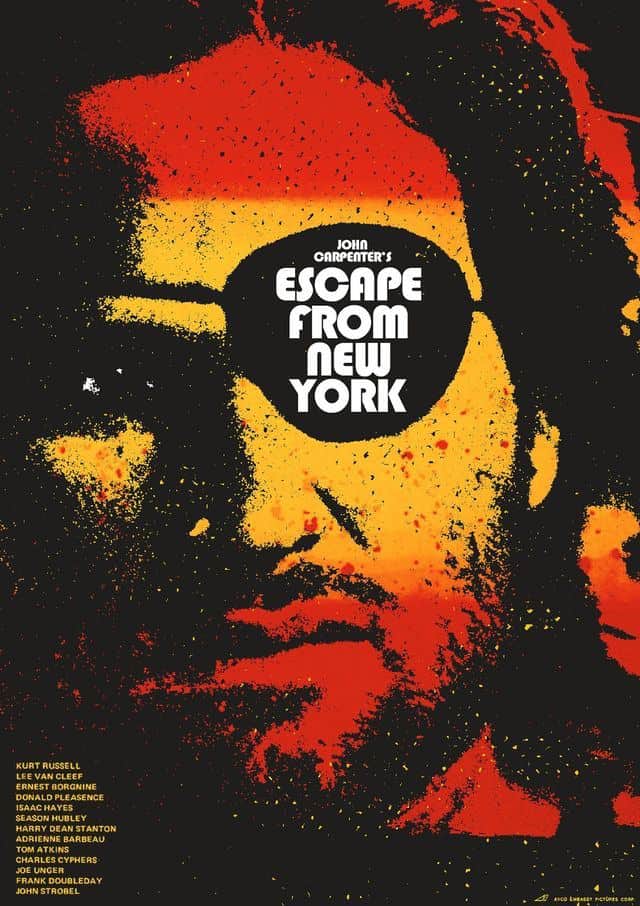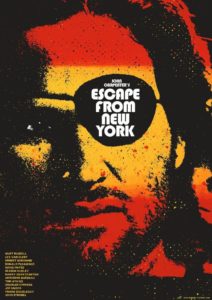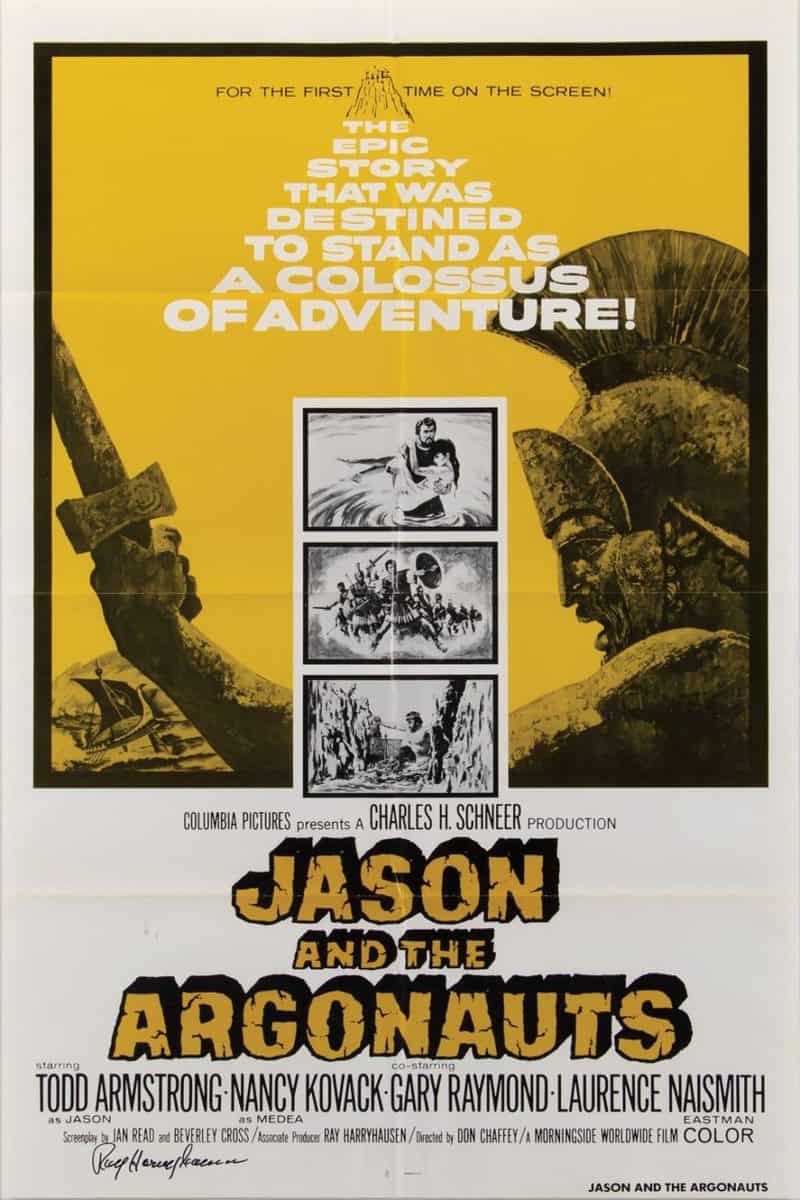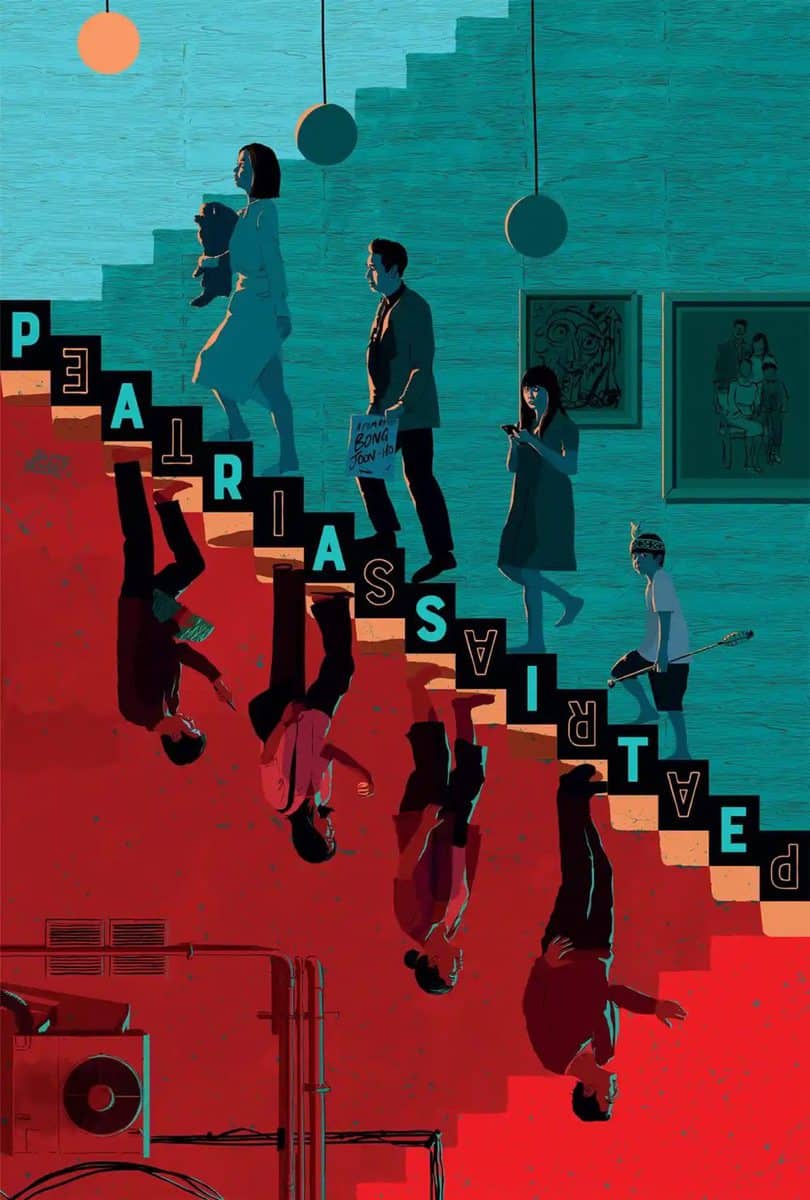
By 1981, John Carpenter had already composed six film scores. Among these are his iconic scores for Halloween and The Fog. But, while both utilized synth in the periphery, they mostly relied on piano for their themes and melodies. Modern Carpenter was not born, with his driving synth rhythms, until Escape from New York.
In the distant apocalyptic future of 1997, a one-eyed, badass anti-hero must save the President of the United States from captivity on the maximum-security prison island of Manhattan. The film is essentially a one-man show, focusing on the actions of Kurt Russell’s Snake Plissken. And Carpenter’s score is Plissken’s theme music. Carpenter loads the score with gripping, relentless, dark, and incredibly catchy melodies. They sweep the audience up, forcing them to nod along as they ride with Plissken into the depths of futuristic urban hell. But, despite the darkness, Carpenter’s score makes the film fun – the audience can’t help but root for Snake whether he’s ready to kill or quip.
The prevalence of synth in film music over the last 38 years owes its genesis to Escape from New York. While some of Carpenter’s contemporaries also composed synth scores, their impacts have been more diffuse on film scoring; Tangerine Dream popularized the broad use of electronic and ambient music, while Vangelis created symphonic compositions with electronic music. Listen to any modern synth score, like Drive, It Follows, or Good Time, and the fingerprints of Escape from New York cover them.



